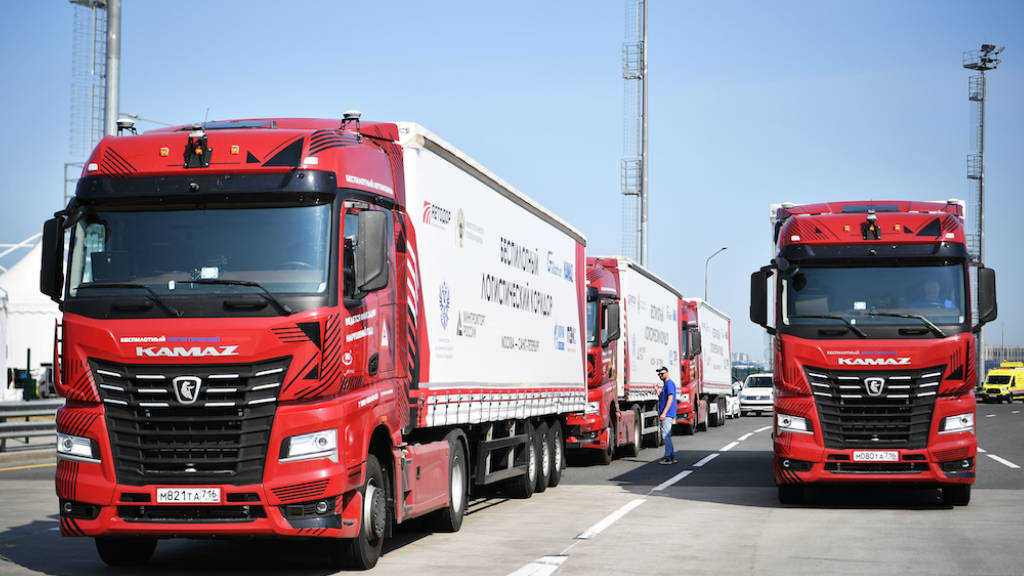The Russian Ministry of Transport has said that it expects that the law on the use of unmanned vehicles on Russian roads will be adopted as early as 2026 and enter into force in Q3 2027, according to Andrey Nikitin, the Deputy Minister.
Nitikin said that “We are currently preparing the text of the law and plan to submit it to the State Duma by the end of 2025. We expect that the law will be adopted next year and will enter into force in the third quarter of 2027.” He stressed that in order for self-driving vehicles to enter public roads, it is necessary not only to prepare regulatory regulations but also to create the necessary infrastructure, communications, certification centers, and, to fulfill a whole range of tasks.
Rosstandard expects to prepare a line of five GOST standards for highly automated vehicles by this year’s end. About 100 unmanned trucks are currently operating on two routes of the country—M-11 Neva and TsKAD—as part of the test regime. GOST standards are a set of technical regulations that establish uniform standards for the quality and safety of products, primarily within the Commonwealth of Independent States (CIS). They are maintained by the Euro-Asian Council for Standardization, Metrology, and Certification (EASC).
GOST standards, in particular, will prescribe basic requirements for the safety and functionality of unmanned vehicles and automated driving systems. Several state standards concerning unmanned vehicles were approved last year. For example, they regulate the use of artificial intelligence technologies for automated machines for recognizing traffic lights, road markings, road bumps, and other traffic and pedestrians. Another important task is to ensure the safety of the use of unmanned vehicles, including the prevention of cyberattacks on their systems.
Transport Minister Roman Starovoit has said that the ministry plans to connect vehicles to the ERA-Glonass platform (Russia’s version of Starlink). He said that “all unmanned trucks on the M-11 and the Central Ring Road are connected to the ERA-Glonass system. For traffic safety, the function of transmitting general commands to all operators is necessary, for example, to get trucks off the highway in case of an accident or other restrictions. Next, we will test the detection of cyberattacks on car systems.”
The use of self-driving trucks is already showing advantages. They are on average 11% faster than conventional trucks, meaning that this mode of transport makes it possible to reduce fuel and component costs by 10-14% on routes over 1,000 km and redistribute about 30% of drivers to other destinations.
The first unmanned trucks were released on the M-11 Neva highway in June 2023 as part of a special experiment. In early April of this year, a similar pilot project was launched on the Central Ring Road in the Moscow Region, and next year, automated vehicles are expected to be able to travel from Moscow to Kazan along the M-12 Vostok highway.
Unmanned trucks are used for commercial delivery of goods. However, according to Russia’s road regulations, they may not enter populated areas, so if it is necessary to enter a city, the trailer is switched to a regular truck. This will mean the creation of specific transit parks on city outskirts.
Russia’s unmanned experimental regime is to be extended to other routes so that by 2030 the total length of unmanned logistics corridors will be about 19,500 km. Russia is making progress in this regard. To compare, the only driverless, long-haul, commercial trucking route in the United States is a 200-mile (322 km) stretch of the I-45 Highway between Dallas and Houston.
Further Reading
Putin Lays Out Russian Development Strategy at “Future Technologies” Forum: Analysis





